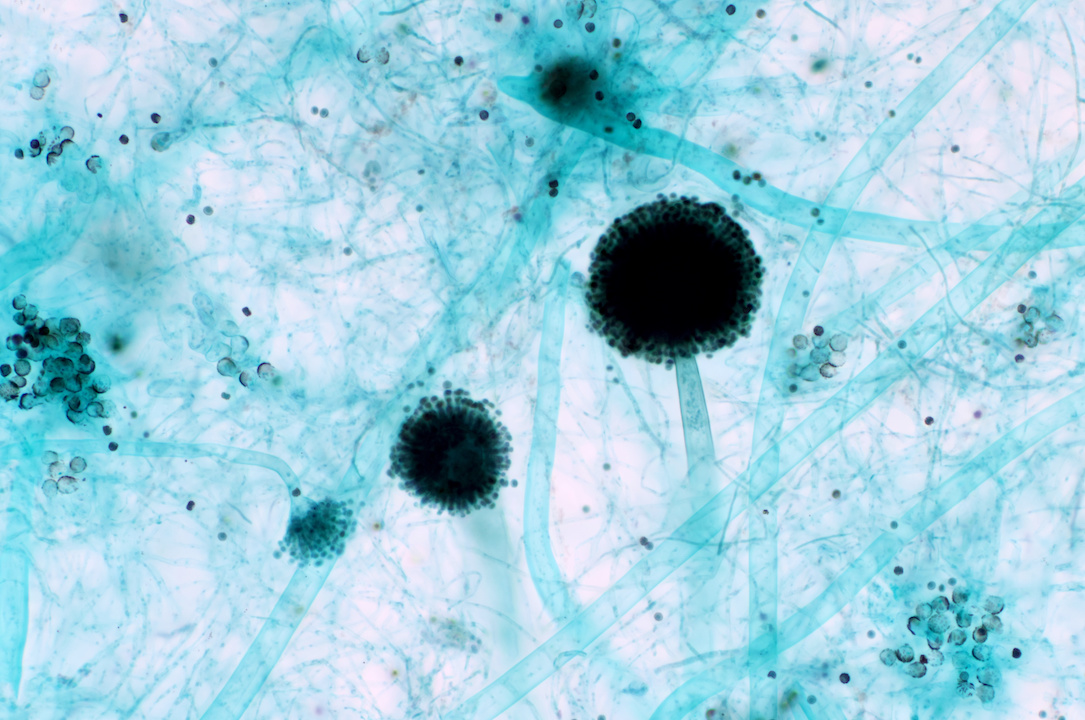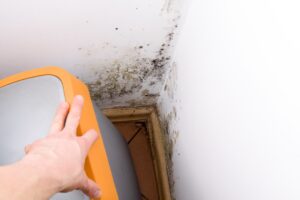Mycotoxins are naturally occurring substances produced by fungi, particularly mold, but also mushrooms and yeast. They can be toxic for humans and animals and can cause liver and kidney damage, amongst other health issues. That’s why, in this article, we’ll take a deeper look into mycotoxins, where you can find them, and what you can do to reduce health risks.
Where Can I Find Mycotoxins?
Generally speaking, mycotoxins can appear in any environment where fungi, like mold, can grow. That usually involves warm and humid areas that feature organic food sources. But, more often than not, you’ll encounter mycotoxins on specific products like:
- Cereals
- Nuts
- Spices
- Coffee beans
- Apples
- Dried Fruit
Symptoms of Mycotoxin Exposure
Mycotoxins can affect individuals differently depending on their age and existing health problems. However, some common symptoms of exposure include:
- Chronic fatigue
- Rashes, eczema, or psoriasis
- Mood imbalances like anxiety and depression
- Autoimmune diseases
- Headaches
- Insomnia
- Shortness of breath
- Candida overgrowth
- Brain fog and memory loss
- Sinus infections
It’s important to note that mycotoxin poisoning is not the same as allergic reactions to mold. More specifically, people allergic to mold usually deal with hay fever or symptoms like itchy eyes and runny nose. So be careful not to confuse mold allergy with mycotoxin exposure.
How to Avoid Mycotoxins
Although mycotoxins can grow on food surfaces and even penetrate deep within them, they rarely grow on dry and clean food. As a result, you can avoid mycotoxin exposure by:
- Inspecting your dried fruits, whole grains, and nuts for signs of decay and mold.
- Throwing away damaged grains.
- Purchasing fresh, dried goods.
- Eating a wide range of foods.
- Storing your foods in insect-free and dried areas.
- Not keeping food for extended periods of time before being used.
If you experience any of the previously mentioned symptoms, you should contact a doctor. They will be able to run tests and recommend a detox protocol to help remove traces of mycotoxins from your body, reducing the risk of more severe health conditions.
Mycotoxins and Mold
Mold can be found almost everywhere in our environment. As a matter of fact, it’s estimated that there are over 300,000 types of mold. And while some of them are harmless, others could give off mycotoxins.
Therefore, you may want to get your home tested to establish mold types and quantities if you are dealing with a mold issue. That way, you can share the lab reports with your doctor to help you get the necessary treatment they prescribe.
When Should I Contact a Professional?
Most experts agree that getting rid of indoor mold contamination is one of the best ways to reduce the risk of mycotoxin exposure. And while you could remove small affected areas that cover less than 10 square feet, with fairly low risk, larger areas should only be handled by certified professionals.








